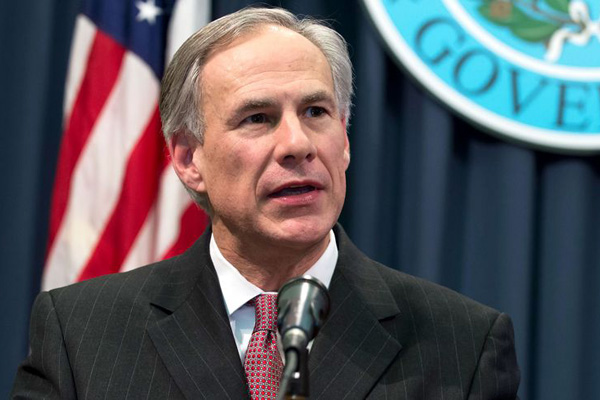
Gov. Greg Abbott’s phased plan to reopen Texas businesses, which starts today, places special emphasis on protecting the elderly and containing the spread of COVID-19 in nursing homes and assisted-living facilities.
There’s a good reason that population and those facilities were singled out: 40% of Texas’ COVID-19 deaths have come from nursing homes and assisted-living centers, according to a Houston Chronicle analysis.
In addition, 19% of Texas’ 1,220 nursing facilities have reported positive cases, according to the “Governor’s Report to Open Texas.” More than 90,000 people live in those communities, which employ approximately 150,000 staff, including physicians. Factor into that the untold number of visitors, third-party service providers, delivery drivers, and emergency-services personnel who come and go each day, and the need for extra precautions for those facilities becomes clear.
Governor Abbott’s plan for nursing homes relies on and complements two other key components of the overall reopening plan – ramping up testing and contact tracing, or identifying everyone who’s come into contact with someone who contracted COVID-19.
Specifically, the plan makes eight recommendations that focus on identifying COVID-19 cases in each facility and limiting contact with patients who test positive.
The first recommendations call for all staff and residents at facilities with COVID-19 patients to be tested as quickly as possible.
“As soon as any test results are available, the facility shall further implement a comprehensive mitigation plan that takes into account the extent of the test results and directly addresses all isolation, infection control, staffing, and other operational aspects of the facility,” the plan says.
Residents who test positive should be removed to an isolated area within the facility, or a different facility – “possibly a COVID-19 positive dedicated facility,” the plan says
“The facility should also place limitations on movement of positive residents within the facility, as well as relocate any residents to designated COVID-19 negative areas/wings,” it says.
Facilities should also keep physicians, staff and other residents from interacting with positive and non-positive patients by limiting unnecessary visits, enhancing screening and decontamination procedures, and using dedicated entrances and exits to isolated areas.
Other recommendations include:
- Discouraging staff and employees from working at multiple facilities;
- Clearly defining roles and requirements for clinical staff and other employees as well other service providers;
- Strengthening existing protocols for third party providers who “come and go” to deliver services at other facilities;
- Informing anyone who interacts with (or may have recently interacted with) the facility that one or more of its residents has COVID-19.
“Facilities that do not have a positive detection to-date will continue to undergo infection control assessments and enhancements in compliance with guidance from CDC (Centers for Disease Control and Prevention) guidelines, DSHS (Department of State Health Services) guidance, the Centers for Medicare and Medicaid Services guidance, and the HHSC Nursing Facility Response Plan,” the plan says.
In a letter Wednesday, a bipartisan group of 63 Texas House members called on Governor Abbott to do more, not only for seniors but for the physicians and other staff at Texas’ assisted-living centers.
The lawmakers urged Governor Abbott to approve “an emergency Texas Medicaid rate increase for long-term and intermediate care facilities to help cover increased costs for direct-care staff wages and personal protective equipment (PPE).”
The letter also calls for increased transparency in reporting COVID-19 deaths at nursing home facilities, state supported living centers, state hospitals, and group homes.
Although more than 40% of the state’s coronavirus deaths are linked to long-term care facilities, according to the news website Propublica, Governor Abbott has not moved to make public where patients and caretakers have died or gotten sick.
State officials have said Texas’ Medical Records Privacy Act constrains the release of details of nursing home and assisted-living facilities.
“Long-term care facilities like nursing homes, state supported living centers, and group homes are now the epicenters of the COVID-19 pandemic,” the letter says. “While media outlets have rightly focused on the deaths in nursing homes across the country, people with disabilities and older adults face increased risks in all institutional and congregate settings.”
Governor Abbott’s plan also makes special recommendations for all Texans 65 and older, who are at a higher risk of getting very sick from COVID-19.
Recommendations include staying home as much as possible; limiting face-to-face interactions; hand-washing; disinfecting surfaces; and checking in with friends, neighbors, and family occasionally.